It is really time to exorcise this place. I give away the address of this « haunted house » in the title because renovation started at the beginning of 2016 so it is no longer accessible and when it reopens, it will never look the same as before.
One of Beijing’s most famous haunted houses
This report is about one of Beijing’s most famous haunted houses, also known as the no. 81 chaoyangmen neidajie house. I first noticed this compound with strange-looking residential buildings in 2004, when I lived in Beijing for one year. The architecture did not fit in the succession of modern buildings in the avenue. However, I never took the time to go in, because I lived far away from that area. I just found a picture from 2009 with my old camera.
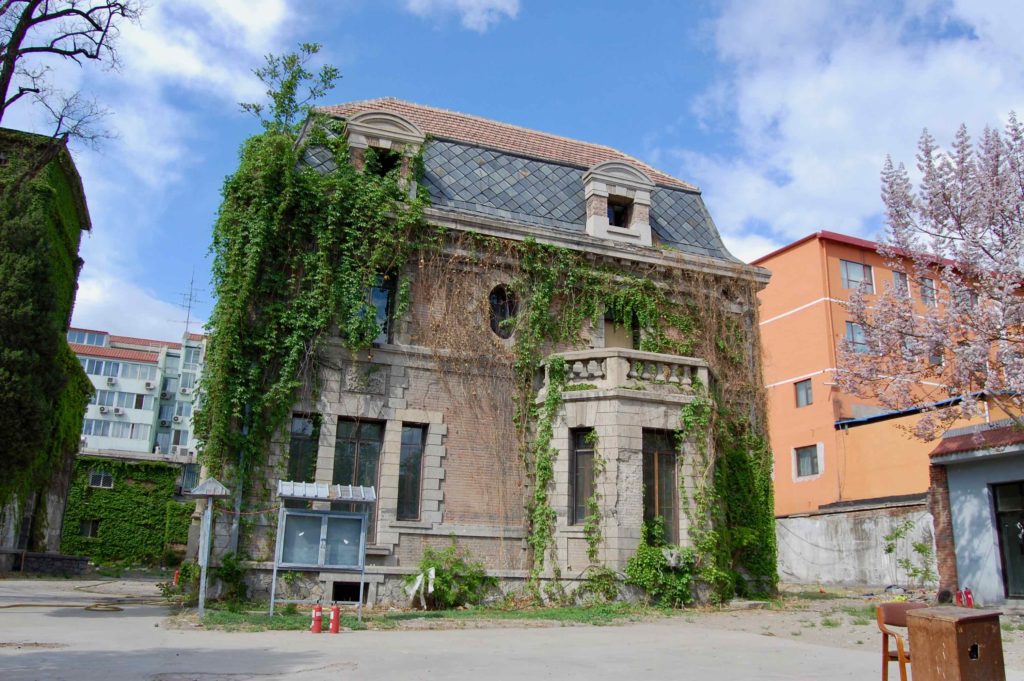
I went back to the house in September 2015. By then, (too) many people in Beijing knew very well this ghost house and Brïn of Burbex went there many times too. It is one of his favorite spots in Beijing, as you can see in his report. In any case, this place is indeed very famous. Because the abandoned building was often used to shoot TV series or because homeless people and urbexers spent the night there, people passing by on the street sometimes saw some light in the abandoned houses, and it reinforced the rumor about it being haunted. Some people during the summer also felt that there was a temperature difference of several degrees (colder) just when passing by this place, which confirmed the rumors of a « spirit »…
Some ghost stories emerged from this place, for instance about a Republican soldier that was supposed to live in the compound, but was forced to leave Chine to go to Taiwan in 1949. His concubine who is said to have lived in one room, would have then committed suicide there and since then, her spirit is supposed to be haunting the place. Other stories started around the 2000s, about construction workers getting lost in the underground tunnels and never coming back… You should know that those rumors, based on no real historical facts, are quite popular topics online.
This place became even more famous when the B-movie « The house that never dies » (京城81) was released in 2014. Not only was the film very bad and boring, but more importantly, it did not at all reproduce the architecture of the real buildings so I still don’t understand why everyone believed it was about the same place… What is interesting is that many Chinese people clearly believe in ghosts so you can see many scared people staring at those buildings without daring to go inside. The bad side of this fame is that it made the place extremely famous. A very large number of people « visited » the houses, which are very old and got heavily damaged.
This is what one of the buildings in the compound used to look like during the fall of 2015.
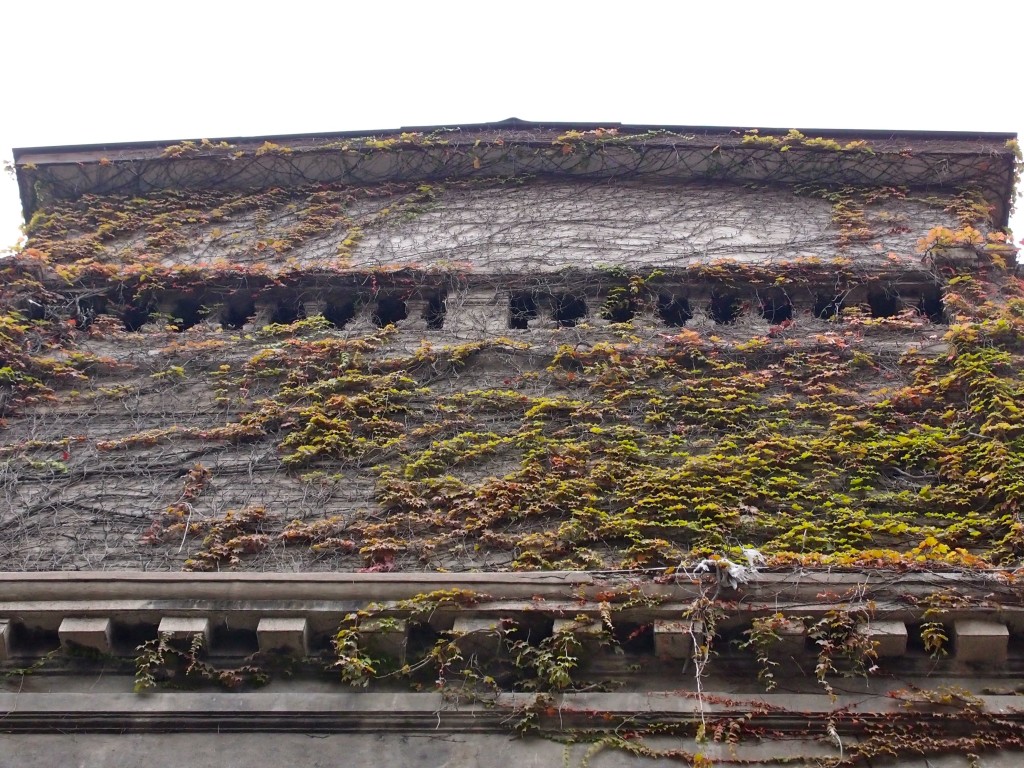
Unfortunately, this house is damaged, the floor in the attic threatens to collapse. There was an underground tunnel, which was fun to explore though.
Among urban legends, the true story of the haunted French cottage
Abandoned historical ruins in Beijing are rare, which is why I enjoyed this place quite a lot (even if I did not take enough photos of it). It also has a very interesting history. The French cottage is the most interesting abandoned building. It was not easy to trace the history of this place because security guards and local Beijingers told me facts I could not verify1.
This famous historical building looks like a little French cottage imported directly from Normandy. You can notice its sophisticated and harmonious layout.
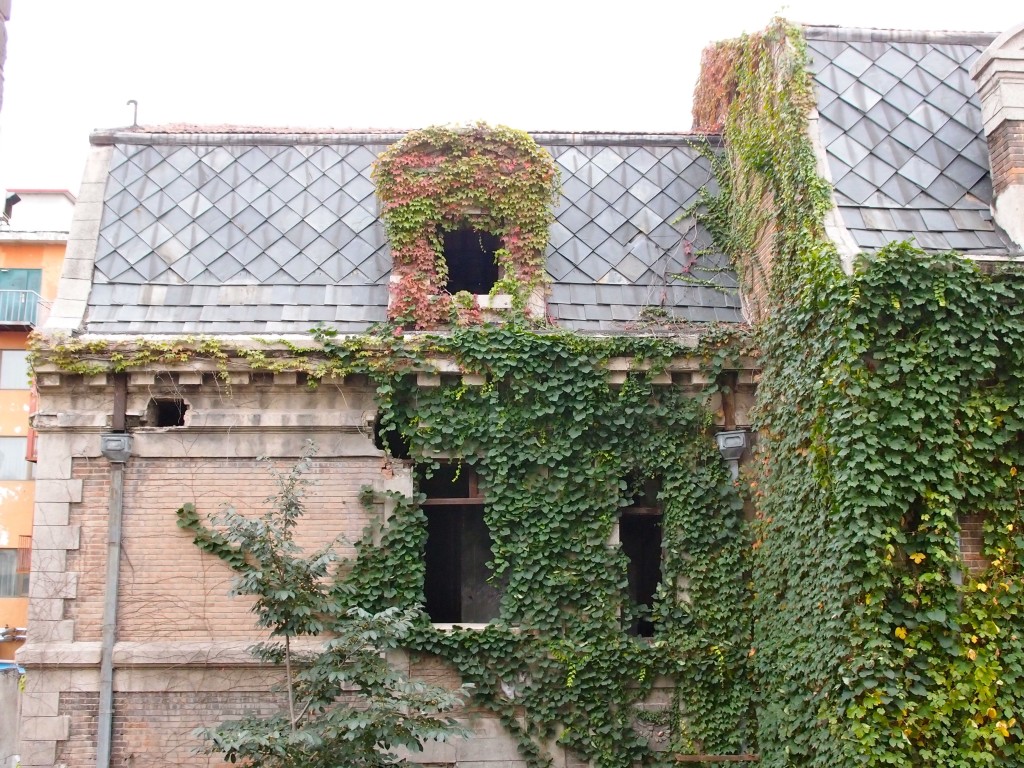

According to Wang Lanshun, a historian of old Beijing, the house was built in 1922 and not in 1900 and it did not belong to missionaries, not did it belong to the Vatican. It was the home of French engineer, Georges Bouillard, who worked in China for the Qing dynasty, then for the Republic of China, at the beginning of the 20th century, on the Beijing-Hankou line railway construction and who stayed in China as a correspondent for the French School of East Asian Studies (EFEO) in Beijing2.

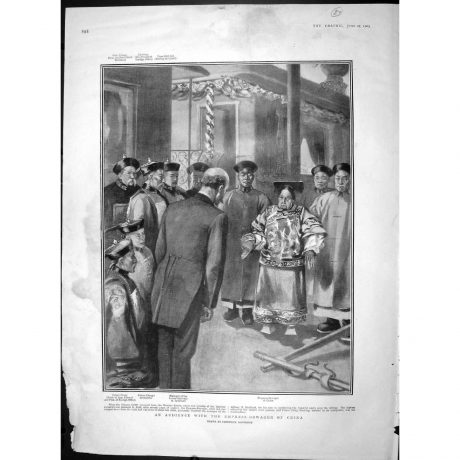
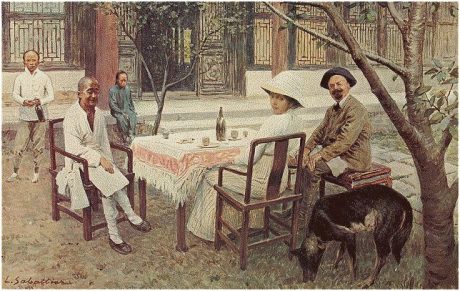
Georges Bouillard could not really enjoy his house very long because he died in 1930. He was buried in the Zhanlan’er cemetary3. His widow, Zhu Derong, inherited the place and donated her husband’s library books and field notes, monographies and memoirs on a variety of topics (railway, wine, Chinese language, folk customs…) to the National library. You can see some old photos taken by him, which confirm how interested he was in Chinese society.
During the Japanese occupation, the house was not seized because the Japanese knew it used to belong to a French man and the Vichy government was collaborating with Germany so the buildings could not be seized. After 1946, Bouillard’s widow was forced to rent out the ground floor of the building to host the Augustin Covent. The Archdiocese of Beijing also used some of the rooms to build an infirmary, a dormitory and a church on the second floor. The house thus became a church: Chaonei church. Some workers also slept in other parts of the house-church.
In 1948, Zhu Derong sold the house to a Lazarist priest but she was allowed to live on the ground floor. Unfortunately, the history of the house was impacted by the foundation of the People’s Republic of China in 1949. The foreign missionaries were evicted in 1951. The priest in charge of the church, Song Leshan, as well as his successors, had to raise a rent for the house tenants and they sent away the workers. In 1957, the Chinese government created the Association of the patriot Catholics of China and nationalized the churches. The first Chinese priest of the house-church was sent to reeducation camp in the 1950s-1960s, along with its successors.
Even if Zhu Derong was no longer supposed to receive the free support of the church priests and was not supposed to live in the house, she stayed there until the mid-1960s because she was too old and unable to move. She then disappeared in mysterious circumstances. No grave exists with her name anywhere. This is the true mystery of the « haunted house ».
In 1994, in the context of major urban renewal programs in the city of Beijing, this historical building was labelled as « dilapidated » and was evacuated. A series of extensions around the house were demolished. The windows were removed in order to keep away the squatters. However, it is not clear why the demolition was never completed. Since then, the building was officially recorded as a historical building of Beijing. The owner was still the Archdiocese of Beijing, waiting for rehabilitation.


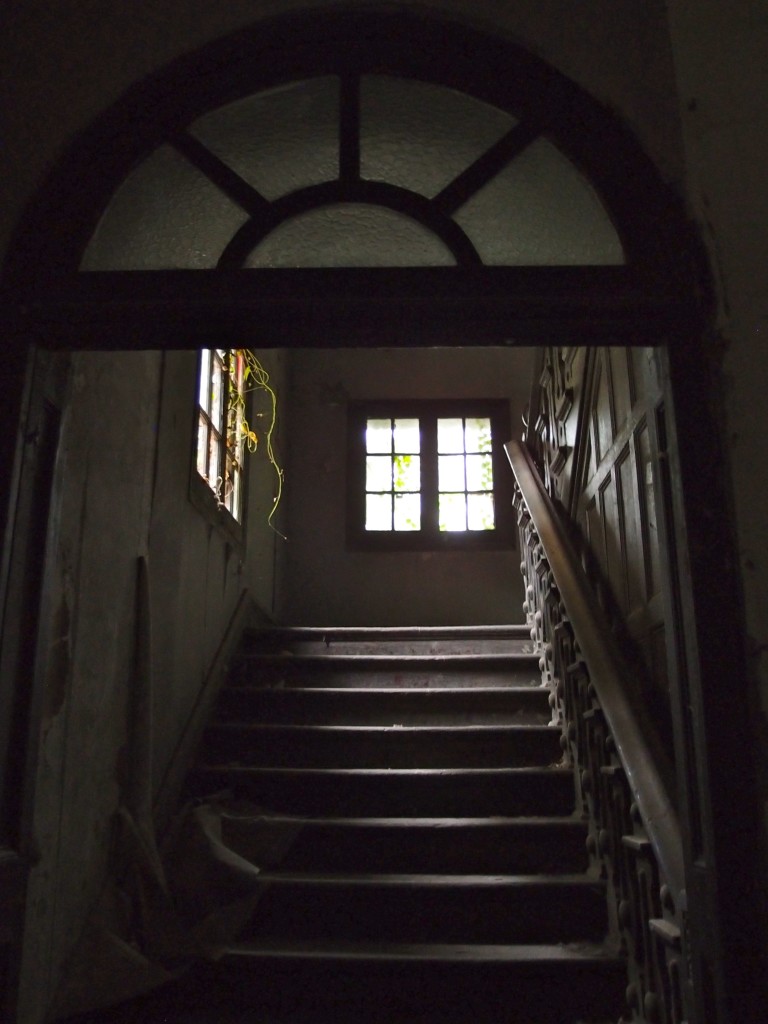
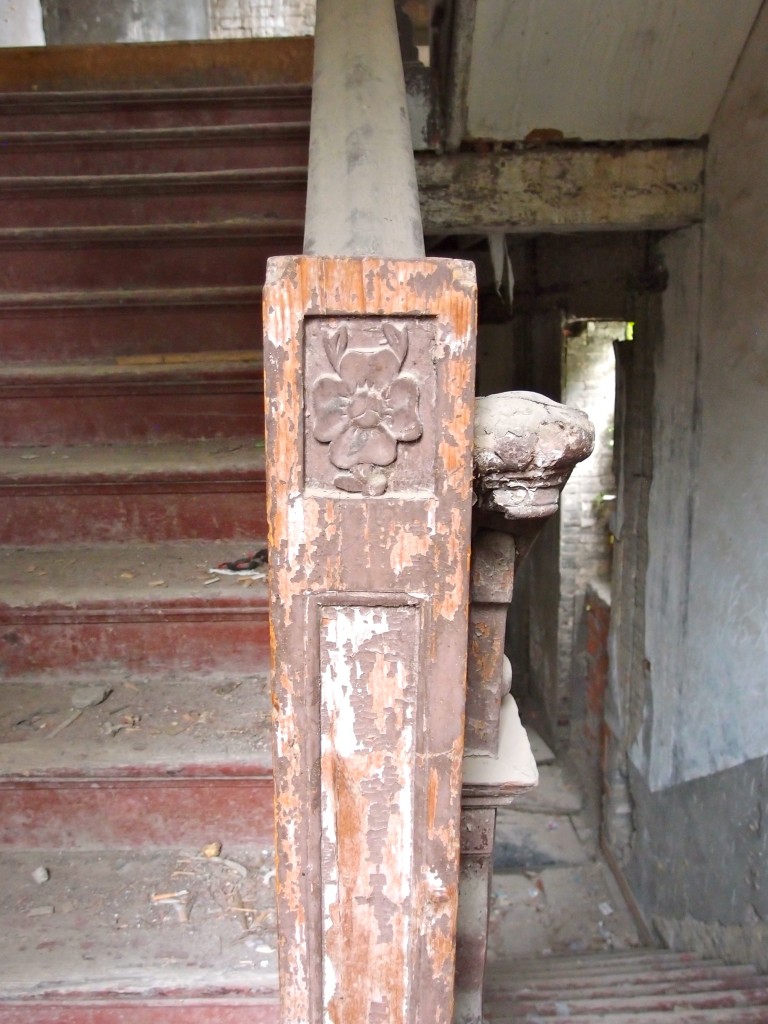
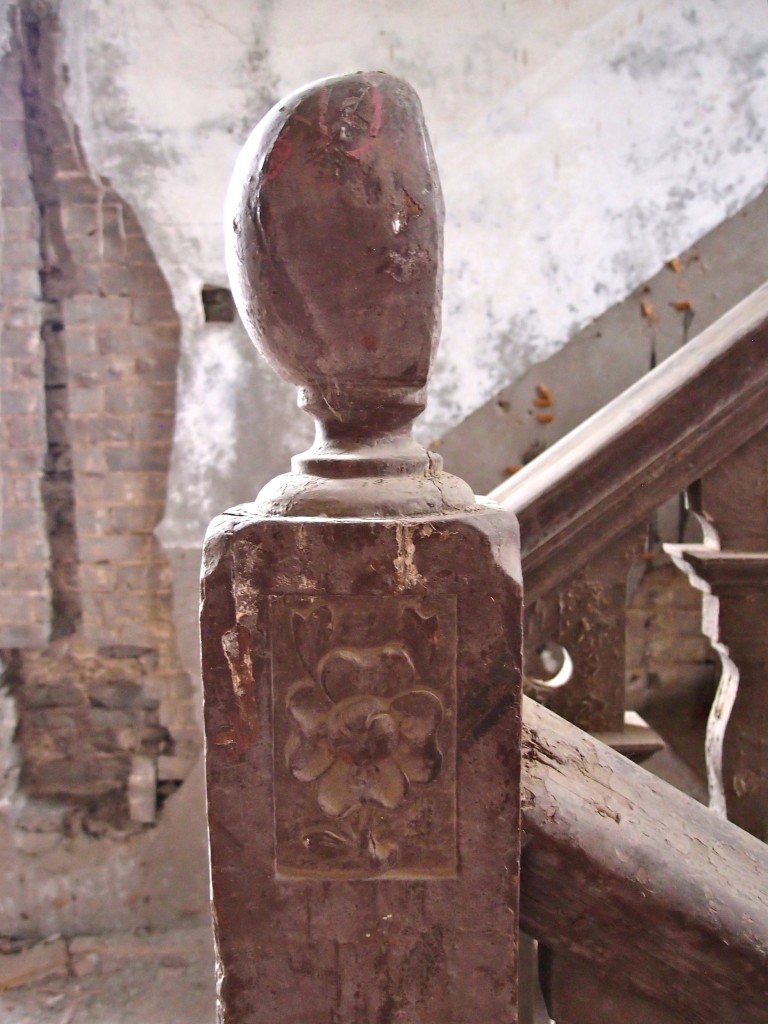
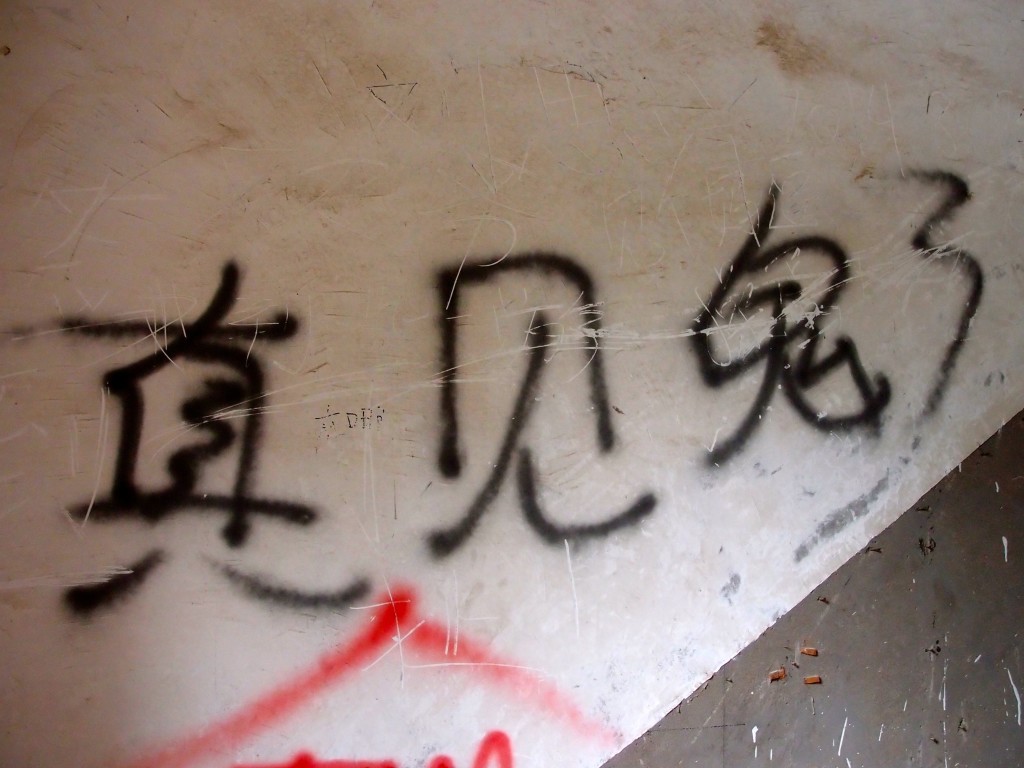
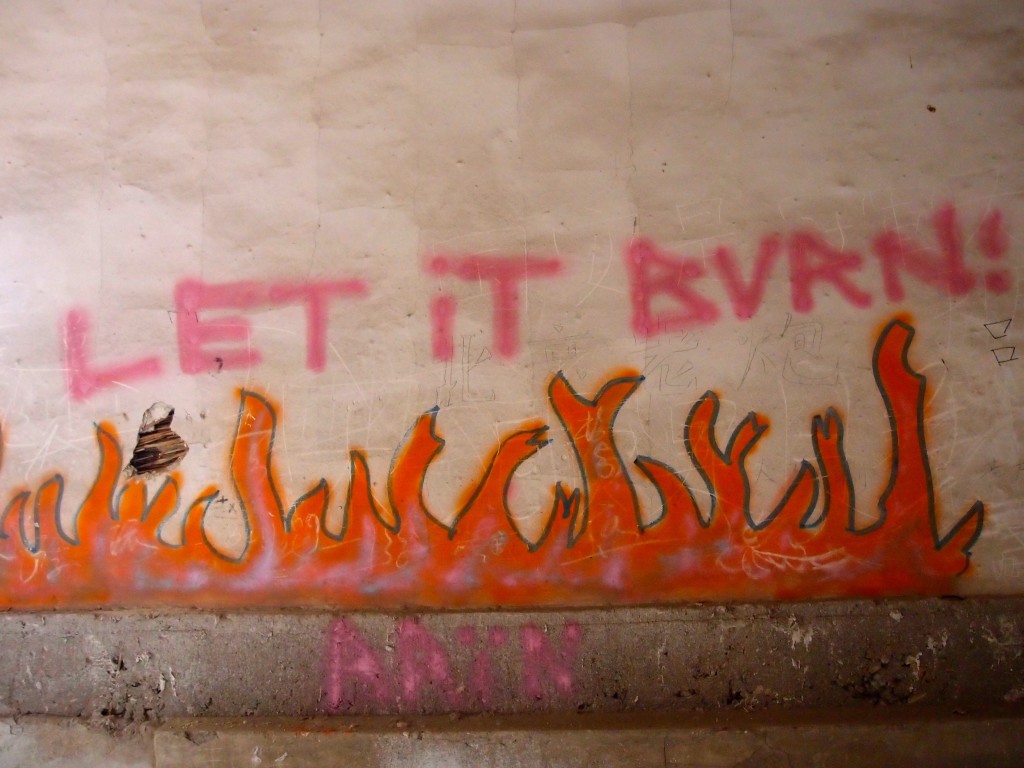
It is now impossible to go in the compound: both buildings are finally being « repaired » as this news report explains, so will be inaccessible for several months and the atmosphere (and fantasies) around this place will never be the same.
If you like historical ruins, especially with a religious history, you can read my reports about the Bataizi church in Shanxi province, part 1 and part 2. If you like foreign-Chinese architecture of the beginning of the 20th century in Beijing, you can read about the strange tomb of the « Famille Lou » or about the former Sino-French University. If you want more, you can check my reports of the beautiful Shamei Mansion, part 1 and part 2, in Shanghai.
- They told me that the compound was built between the end of the 19th century until the beginning of the 20th century, at the same time as the church in Wangfujing. But because of the extended construction time and because of many conflicts, the buildings did not get finished. Under the compound, there was a very long network of underground tunnels going all the way to Tuanjiehu, but they got blocked when the construction of the subway started. There was also a rumor that this house was the former location of the North China Union Language School (华北协和话语学校). ↩
- You can read a French historical report here and a French news report on the house by clicking here. ↩
- Paul Pelliot, « Georges Bouillard », T’oung Pao, Second Series, Vol. 27, No. 4/5, 1930, p. 454-457. ↩
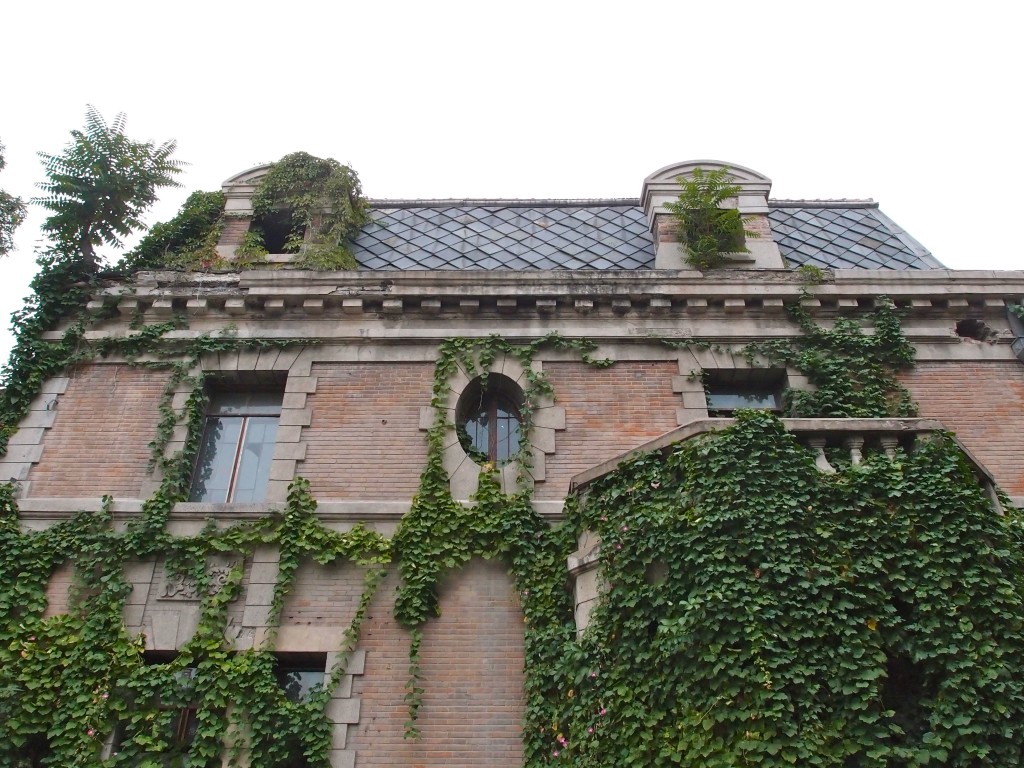
2 thoughts on “Chaonei 81 / 朝内81号”